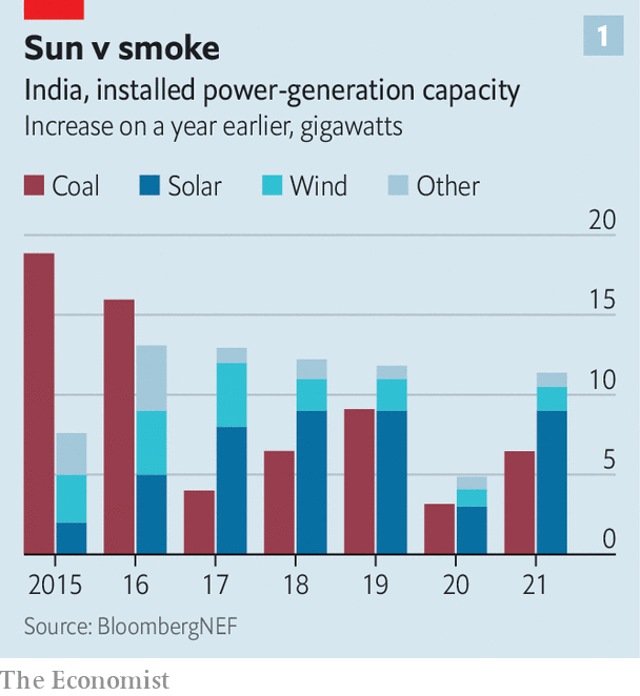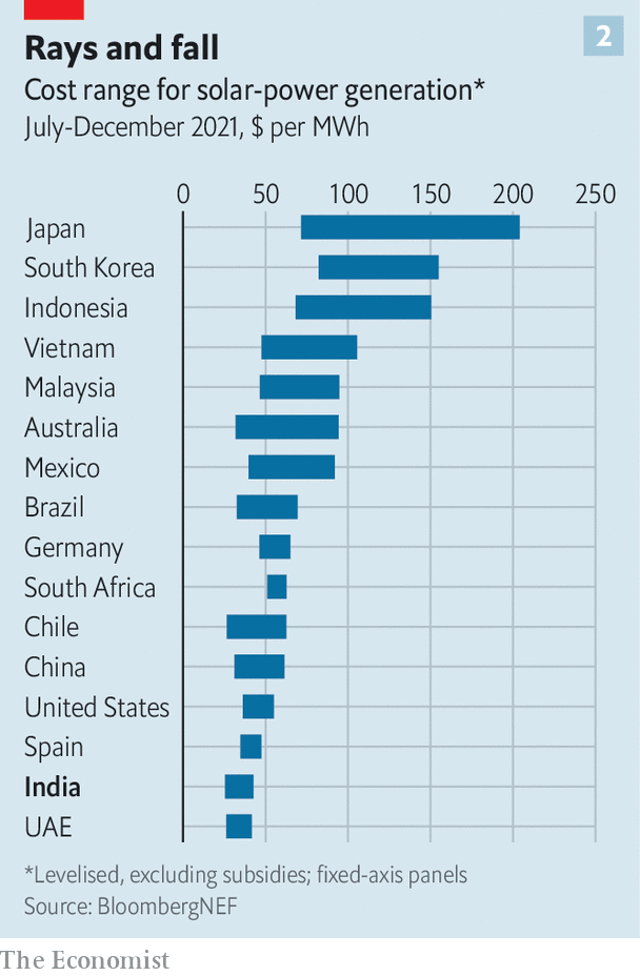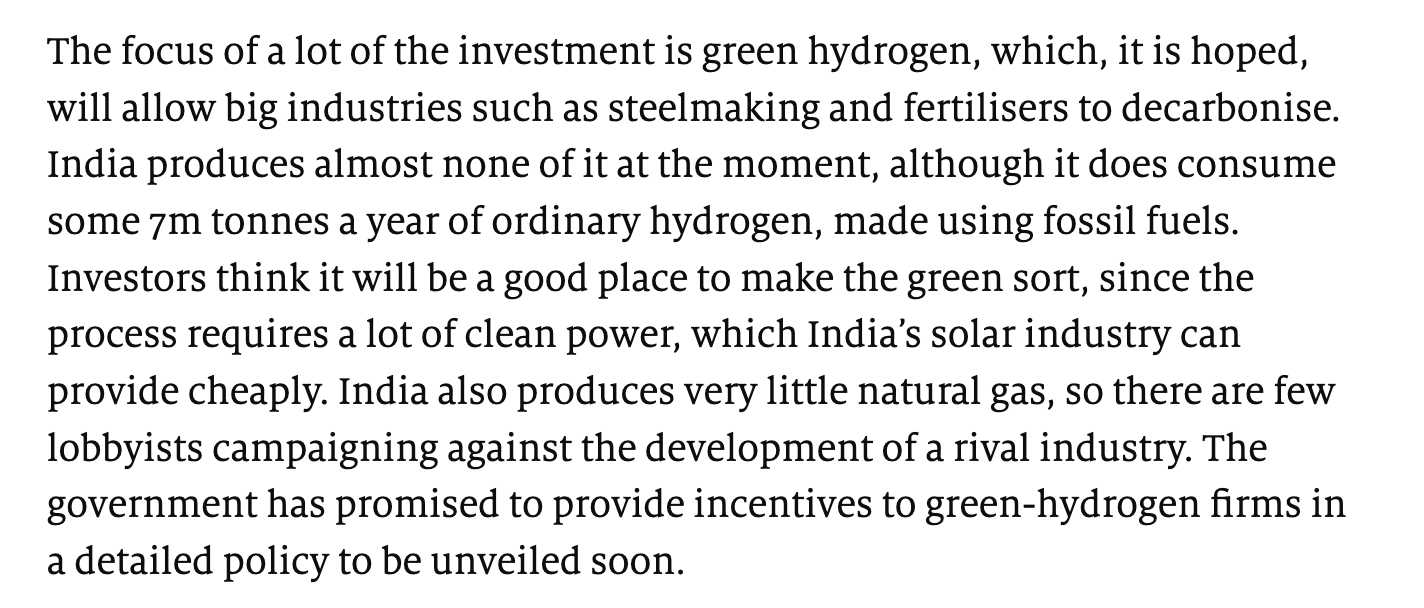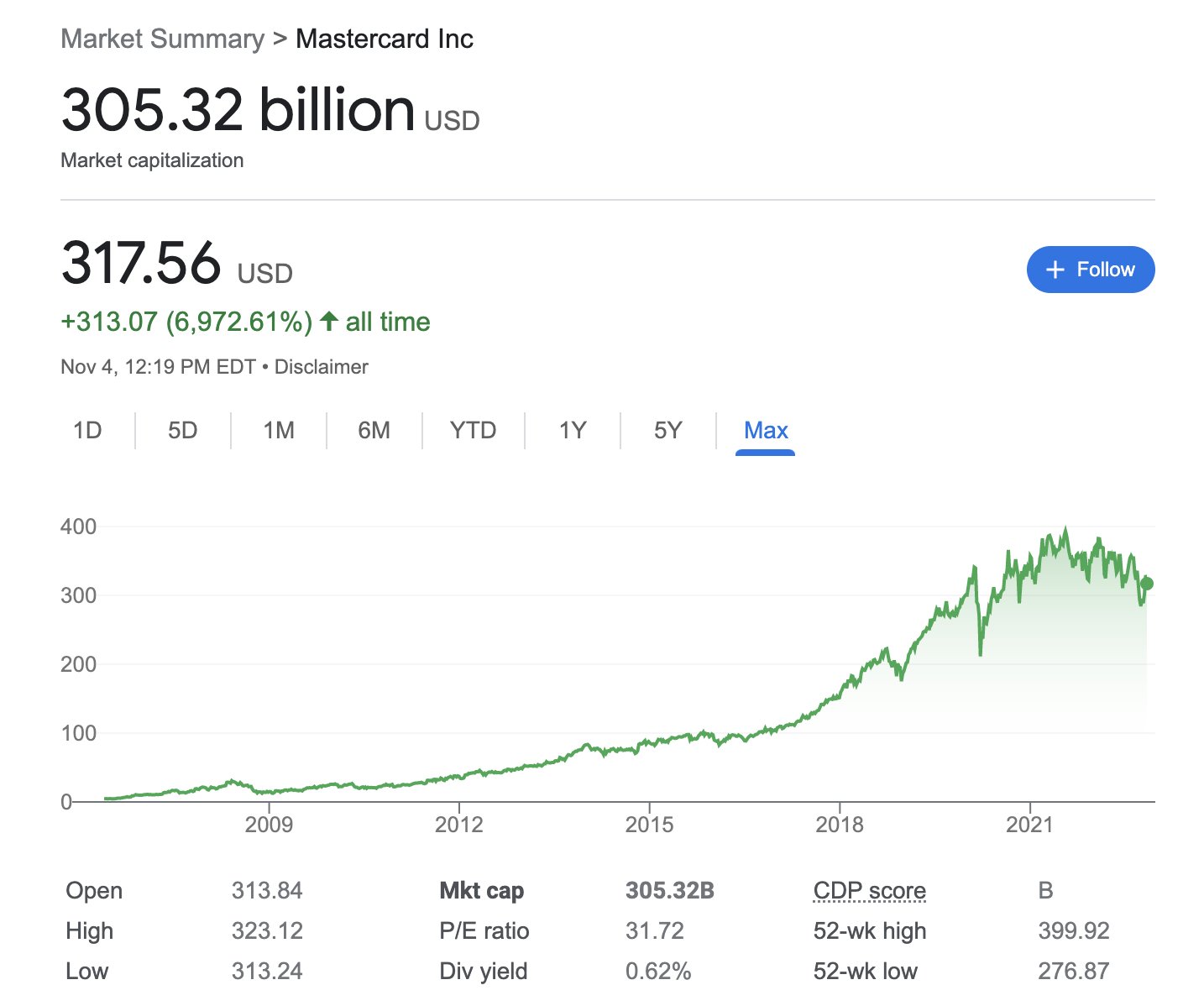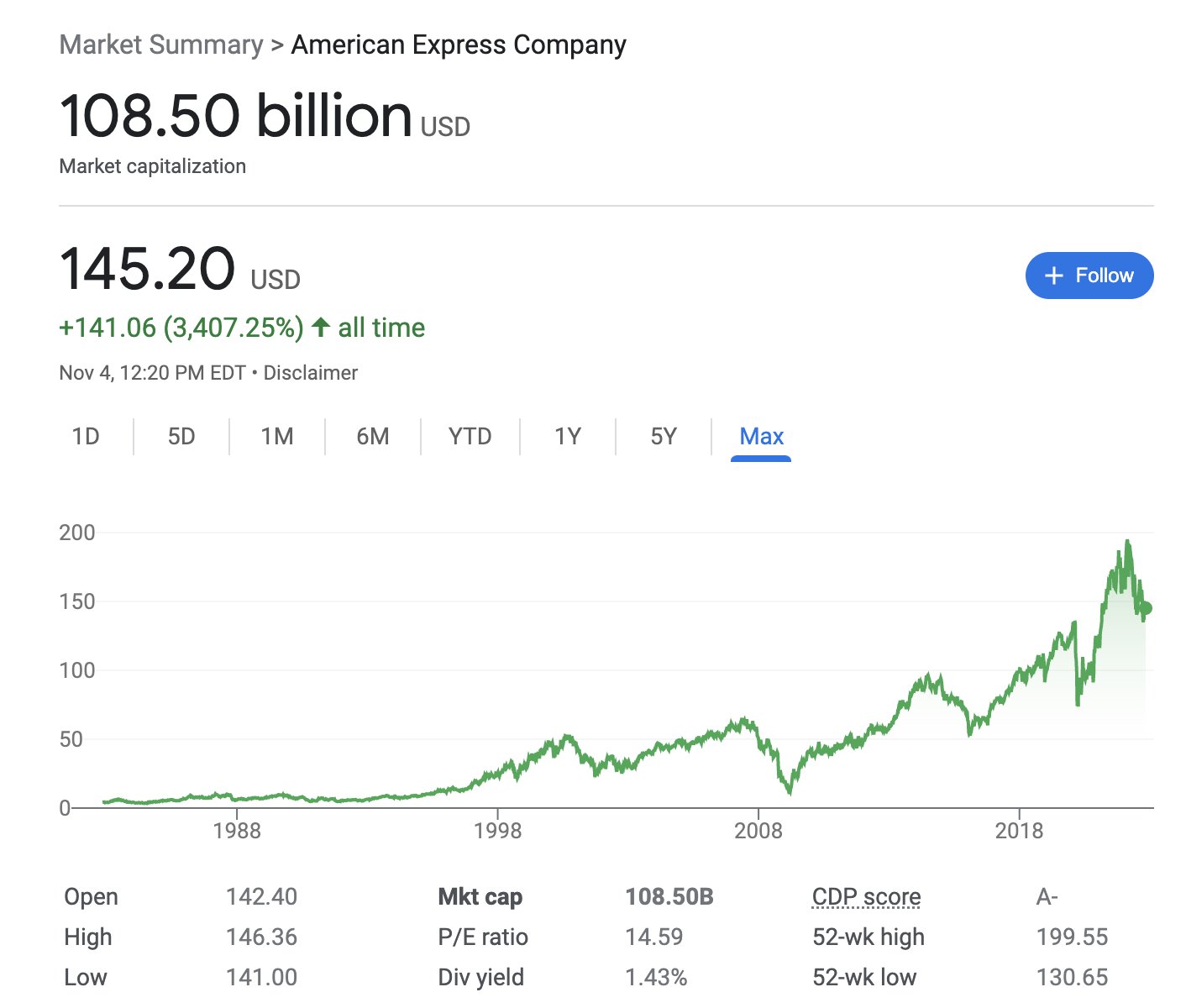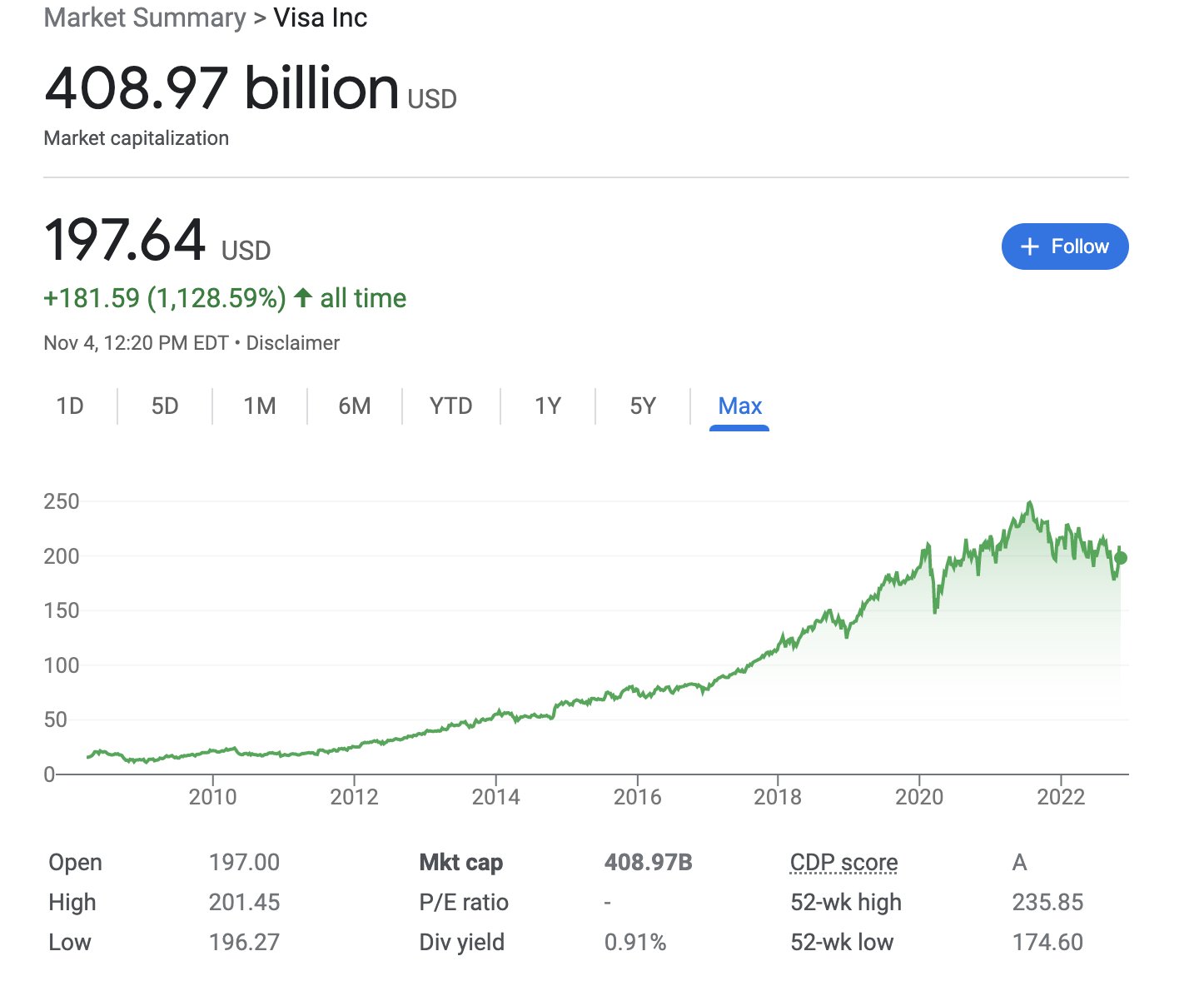Thread
Here's what happened in India this week. Focusing on:
• manufacturing
• UPI and payments
• sex ratios
1/17 🧵
• manufacturing
• UPI and payments
• sex ratios
1/17 🧵
I had a nice chat with the Bharatvaarta team about growth in manufacturing and policy initiatives there
You can see the growth in manufacturing through the success of contract manufacturers like Dixon — these intermediate producers have done well, as geopolitical tensions with China have finally boosted Indian manufacturing
www.bloomberg.com/opinion/articles/2022-10-27/china-west-tensions-boost-india-s-manufacturing-goals
www.bloomberg.com/opinion/articles/2022-10-27/china-west-tensions-boost-india-s-manufacturing-goals
In a podcast with Ezra Klein, @adam_tooze highlights that this manufacturing intense development model will have big climate implications. Hard to have another large fossil fuel intensive buildup.
www.nytimes.com/2022/10/07/podcasts/transcript-ezra-klein-interviews-adam-tooze.html
www.nytimes.com/2022/10/07/podcasts/transcript-ezra-klein-interviews-adam-tooze.html
However, the Economist highlights that India's development trajectory is actually featuring much more renewable energy, for several reasons:
• reduced emissions
• become a manufacturing hub *for* green manufacturing
• reduce bill for energy imports
www.economist.com/briefing/2022/10/20/will-india-become-a-green-superpower
• reduced emissions
• become a manufacturing hub *for* green manufacturing
• reduce bill for energy imports
www.economist.com/briefing/2022/10/20/will-india-become-a-green-superpower
There is a large policy focus on green hydrogen in particular as a way to green and decarbonize a larger chunk of the industrial supply chain
www.economist.com/business/2022/09/19/can-europe-decarbonise-its-heavy-industry
www.economist.com/business/2022/09/19/can-europe-decarbonise-its-heavy-industry
However, India is retaining flexibility here, and not being tied as much to the goal of 500gw of green energy in 2030
economictimes.indiatimes.com/industry/renewables/india-keeps-renewables-target-flexible-goal-of-500-g...
economictimes.indiatimes.com/industry/renewables/india-keeps-renewables-target-flexible-goal-of-500-g...
Now, there remain of course many challenges with this manufacturing approach. One is that India remains at a skills and competitiveness gap with respect to East Asia. Of course that's what incentives are trying to address, but that's the challenge
Another is that manufacturing, so far, remains mostly a coastal, southern, and western story. So large geographical disparities.
Infra connectivity into the hinterland has been limited, there is political fragmentation, and internal migration is also low
www.economist.com/asia/2022/10/27/indias-regional-inequality-could-be-politically-explosive
Infra connectivity into the hinterland has been limited, there is political fragmentation, and internal migration is also low
www.economist.com/asia/2022/10/27/indias-regional-inequality-could-be-politically-explosive
Now, another big success is the UPI — free retail and digital payments totaling 7.3 billion transactions adding up to Rs 12.11 trillion.
theprint.in/opinion/upi-powers-indias-digital-transactions-rbis-erupee-is-compelling-but-must-argue-r...
theprint.in/opinion/upi-powers-indias-digital-transactions-rbis-erupee-is-compelling-but-must-argue-r...
One debate is whether these payments should remain free, or start adding fees to start to incentive building add ons and other features
Anup argues this can help to facilitate more innovation in this payment space
I would argue that the main innovation is getting rid of the transactions tax. In many countries, 2-3% tax on all transactions, paid out to these payment processing companies that have ~800b in total market cap. Seems like a lot of rents, given the tech can be done for free!
Part of these benefits, of course, are redistributed back to card holders in the form of rewards — but the rest is a tax on less sophisticated consumers and merchants
Brazil also has a very successful payment platform (fees are ~0.22%) used for retail and P2P use.
Costa Rica tried one too, but that turns out to be used only for P2P (not retail)
www.dianavanpatten.com/_files/ugd/27755d_5ead44ed7a9b442f99b01b8cc11b398f.pdf
www.reuters.com/article/brazil-cenbank-pix/brazils-pix-much-cheaper-than-card-payments-paper-by-centr...
Costa Rica tried one too, but that turns out to be used only for P2P (not retail)
www.dianavanpatten.com/_files/ugd/27755d_5ead44ed7a9b442f99b01b8cc11b398f.pdf
www.reuters.com/article/brazil-cenbank-pix/brazils-pix-much-cheaper-than-card-payments-paper-by-centr...
Last — another piece of good news is that sex ratios have become to normalize and move closer to balance
www.pewresearch.org/religion/2022/08/23/indias-sex-ratio-at-birth-begins-to-normalize/
www.pewresearch.org/religion/2022/08/23/indias-sex-ratio-at-birth-begins-to-normalize/
They are still skewed — but actually surprising because earlier research by @seema_econ suggested that fertility is one driver of sex ratios.
But what we've seen recently is fertility going down *and* sex ratios normalizing more.
www.aeaweb.org/articles?id=10.1257/app.20150576
But what we've seen recently is fertility going down *and* sex ratios normalizing more.
www.aeaweb.org/articles?id=10.1257/app.20150576
That's it for this week — here's the previous iteration of the series:
Mentions
See All
Avinash (Avi) Collis @avi_collis
·
Nov 5, 2022
Great thread 👏


